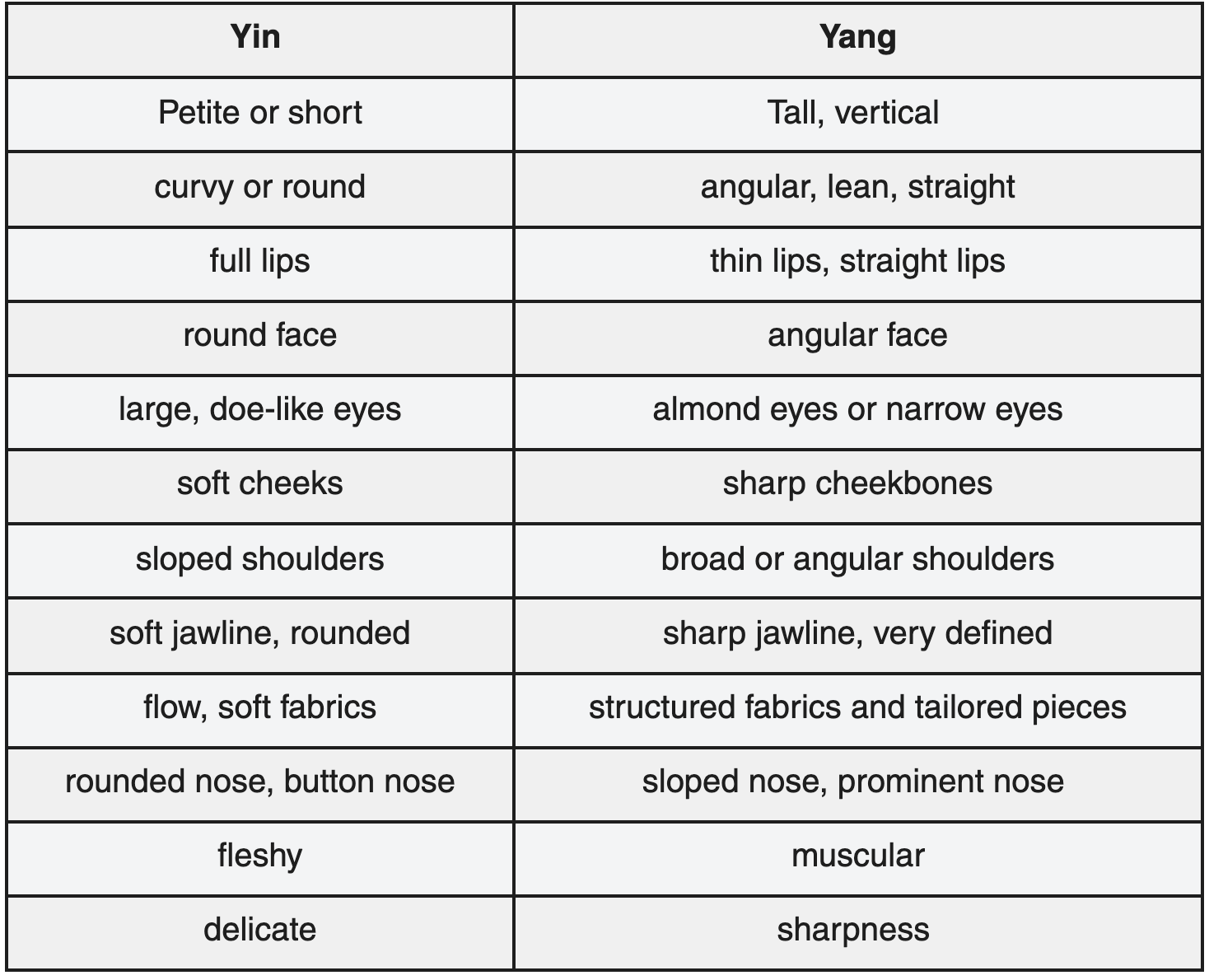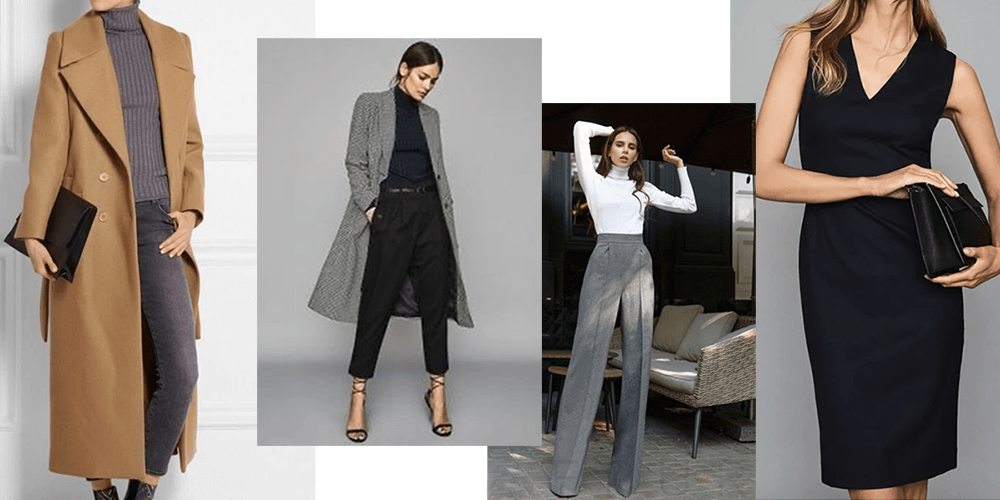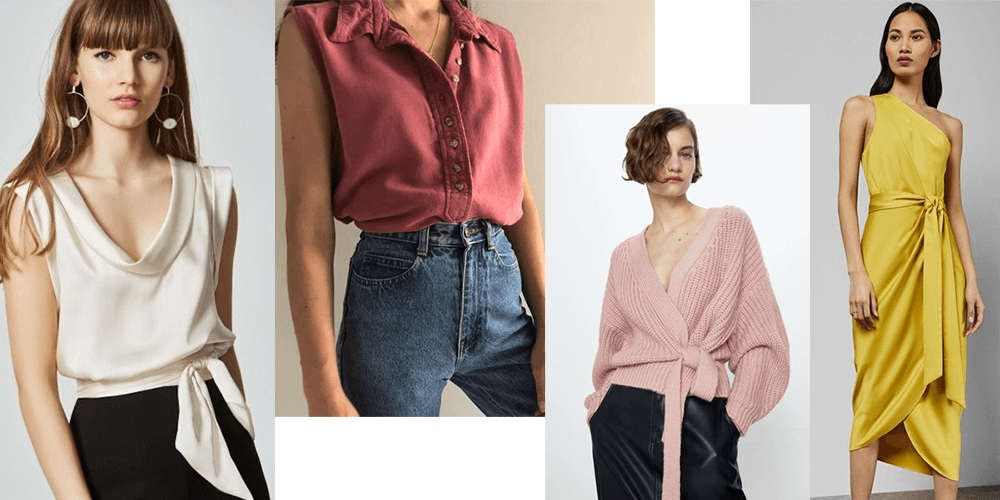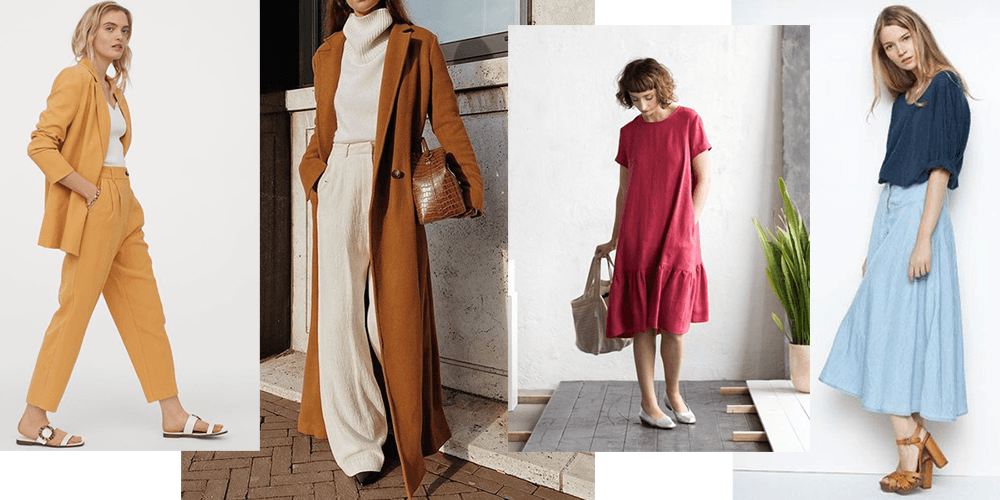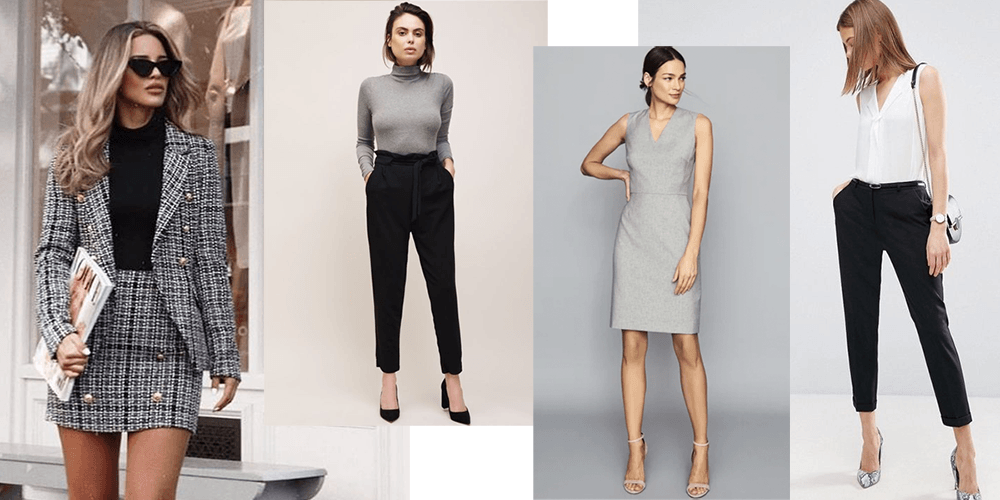The Kibbe Body Type
Ever heard about The Kibbe Body Type? We hadn’t until yesterday when one of our Change Makers Rebecca Beige told us she’d recently tried it, in other words she did the Kibbe test. Of course we got super curious and just had to check it out.
So, we found out that The Kibbe system (pronounced “kibbie”) is the brainchild of the Manhattan-based stylist David Kibbe, who came up with the concept in his 1987 book: David Kibbe’s Metamorphosis: Discover Your Image Identity and Dazzle as Only You Can. Fun fact: the price of a used copy of his book starts from 600 US dollars - Crazy!
In Kibbe’s system there are 13 different body or “image identity,” types, divided into five families: Dramatics, Classics, Naturals, Gamines and Romantics. Basically the system is developed based on overall proportions of one's bone structure, body flesh and facial features, to understand your own unique body type and learn how to dress right for your body figure. Interesting!
We just want to highlight the fact that no body type is better than another and this way of thinking and placing body types in different categories can without doubt be a slippery slope, wherein people are placed into self-selecting groups based entirely on appearance. This, as you can imagine, may also be a huge problem for those who struggle with their body image. At the same time we believe in getting to know your body, loving it, embracing all its perfections and imperfections and dressing it in the best way possible to highlight its features.
Let’s go deeper into the Kibbe method
Like we mentioned there are five families of Kibbe types (dramatics, classics, naturals, gamines, and romantics), which are funded on a spectrum of “Yin” and “Yang”. “Yang” refers to features that are more angular, sharp, long, or blunt, while “Yin” features are more rounded, curved, short, or soft. “Yin” and “Yang” are neutral descriptors, according to Kibbe. These metrics are not based on weight or bust and butt measurements, which he says are a common misconception of “curve”. Instead, most people have a mix of Yin and Yang features.
Petite Yin: Characterized by delicate bone structure and small features (nose, hands, feet, stature)
Lush Yin: Characterized by fuller lips, large eyes, hourglass curves, and a more sexual essence
Soft Yang: Characterized by blunt edges, broad/horizontal features, and a slightly broad physical body shape that still has verticality
Sharp Yang: Characterized by verticality, sharp lines and edges, elongated bodies, and very little definition along the waist.
How to style the different Kibbe families
The following picture collages will inspire how to dress the different image identities but remember, these are just styling suggestions and you should not feel limited to dress in a certain way. Take inspiration but BE YOU, always!
Dramatic
The Concept Wardrobe
Soft dramatic
The Concept Wardrobe
Natural
The Concept Wardrobe
Flamboyant Natural
The Concept Wardrobe
Dramatic Classic
The Concept Wardrobe
Classic
The Concept Wardrobe
Flamboyant Gamine
The Concept Wardrobe
Gamine
The Concept Wardrobe
Theatrical Romantic
The Concept Wardrobe
Romantic
The Concept Wardrobe
If you’re still curious and want to get to know the Kibbe System even better and perhaps even place yourself in a category, check out Gabrielle Arruda’s guide to the Kibbe System. The Concept Wardrobe has a good guide explaining which clothes to match to each body type.

